How to build an indie software business with Justin Jackson, Transistor. fm
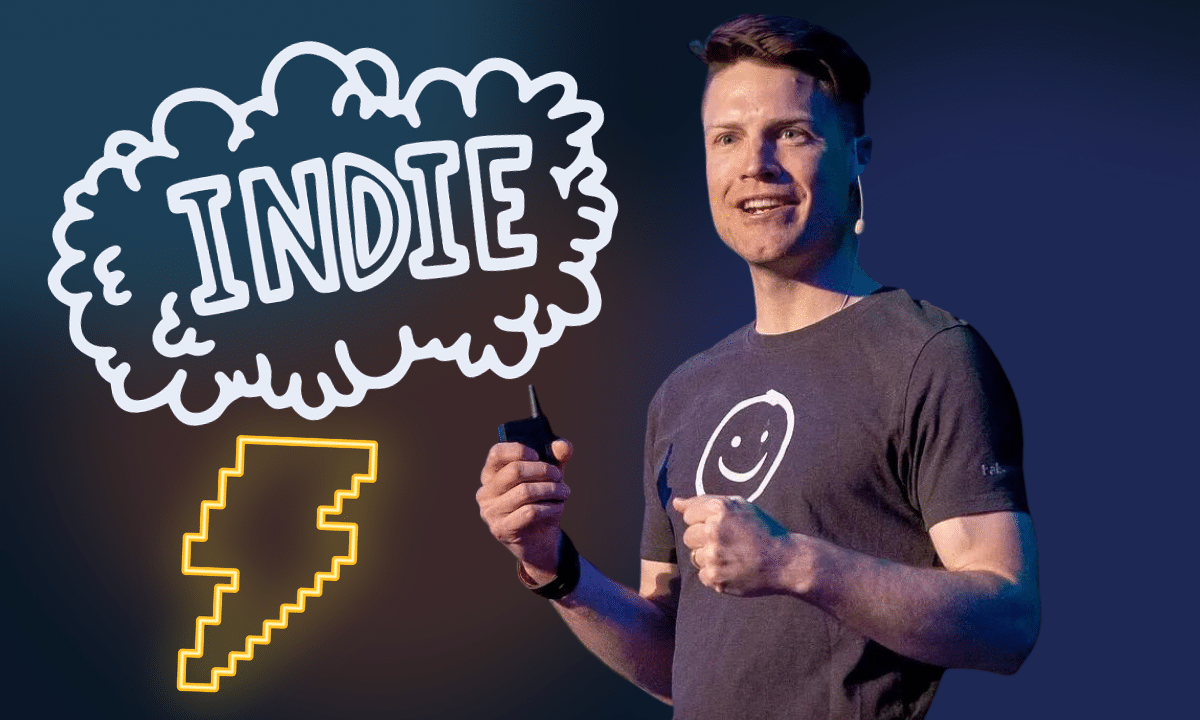

Turning an idea for a software product into a successful independent business requires a mix of experiences, connections, skills, insights, and resources one has gathered over time, says the co-founder of Transistor. fm, a well-known podcast hosting platform he bootstrapped.
Jackson shared his experience in a talk called “How to build an indie software company today” at Full Stack Europe, and we asked him to share some of it with us.
If he was going to build a software product today, how would he do it? And what should you have in mind if you have an idea and want to turn it into a product and a successful business?
Cater to an existing demand
Justin emphasizes the importance of building a product that caters to existing demand. He suggests creating something for a customer actively searching for a solution is far more manageable. Transistor’s advantage in the podcast hosting category is that thousands of individuals regularly start their day by typing “How to start a podcast” into Google.
Additionally, Justin and his business partner, Jon, believe that good ideas often surface while engaged in unrelated activities. Before conceiving the idea for Transistor, they collaborated on various other projects. According to Justin, the key is to stay in motion and keep working on projects, as this is where innovative ideas are likely to emerge.
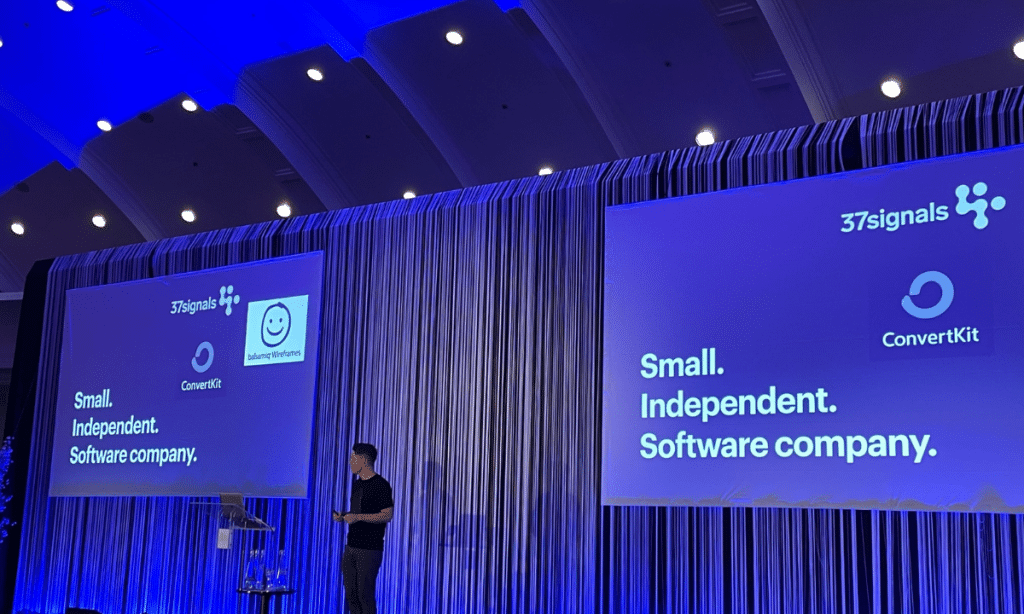
Share your progress as you build, he says. As soon as Jon and he decided to start working together, they started sharing their journey through a podcast, live streams, his newsletter, and blog. This helped create a group that was cheering for their success and was willing to help:
Our audience helped spread the news about Transistor.
The market you choose will dictate a lot of your success. The more business success stories I read, the more I’m convinced that the market is the underlying driver of success. A founder can make multiple mistakes, bumble, flail, and still win if there’s strong customer demand.
Choose a familiar industry
According to Justin, the genesis of a successful business idea often stems from a culmination of experiences, connections, skills, insights, and resources that one has gathered over time. Drawing from his own experiences, he cites the example of launching Transistor.
This endeavor, he notes, was the product of decades spent immersed in the world of podcasting, building software products, initiating various projects, forging critical connections, cultivating an audience, honing skills, seeking diverse experiences, taking calculated risks, and embracing the concept of working transparently in the public eye.
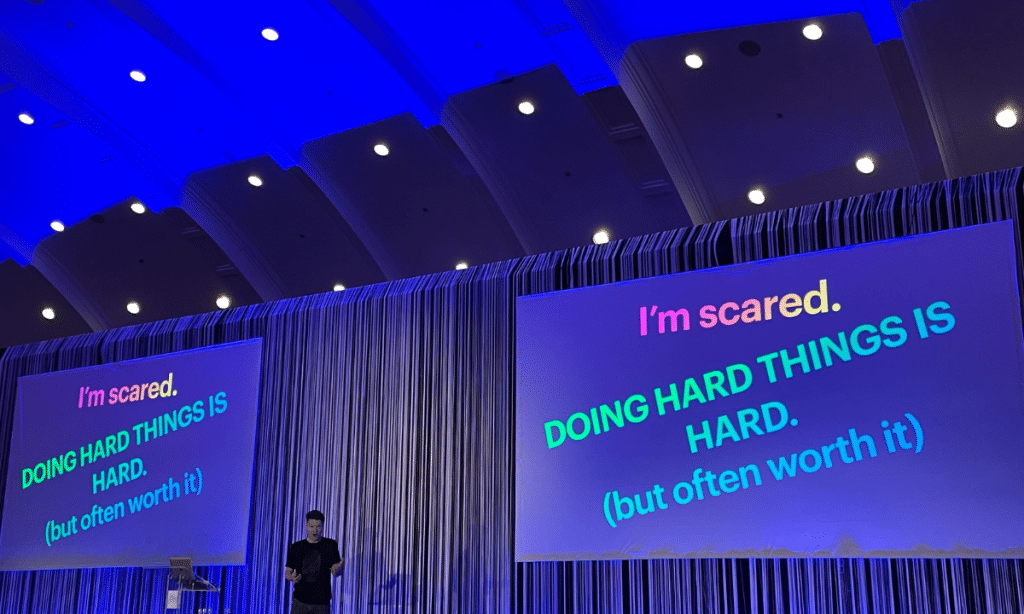
Justin emphasizes that valuable opportunities often aren’t obvious, particularly to outsiders. He believes it’s unlikely to identify a promising option in an industry or space you’re unfamiliar with. Instead, he suggests finding evidence of unmet demand within categories you understand well. This approach increases the likelihood of recognizing and capitalizing on opportunities effectively:
The remedy for “not having good business ideas” is to go out and create more experiences: start a podcast and interview people you admire, attend meetups and conferences, get curious about how different industries work, and run some experiments (and tell people about your findings).
Successful founders see an opportunity at the right time and have the skills, connections, and resources to take advantage of it.
How to get the first customers
Justin underscores the importance of understanding one’s industry or category. He contends that a deeper understanding of the field leads to a better grasp of the most suitable channels for outreach. These channels could be conferences, YouTube channels, Slack communities, podcasts, meetups, and newsletters that resonate with the target audience.
Furthermore, Justin advocates for a robust presence wherever potential customers actively seek products similar to the one you’ve built. While Google search is a fundamental platform, he highlights the relevance of other search engines like Apple Podcasts, Shopify Apps, the WordPress plugin directory, Reddit, Twitter, ChatGPT apps, and more. Simultaneously, he emphasizes the importance of active involvement in online communities, meetups, events, forums, Reddit discussions, and Slack, where products like the one he’s building at Transistor. fm are recommended and discussed.
In essence, Justin’s approach revolves around being where the audience is and engaging with them proactively:
Experiment and adapt. For indie startups, limit yourself to focusing on 1-2 channels at a time. Almost every sustainable marketing strategy is going to include some form of SEO, referrals, and brand building. Exceptional customer service isn’t just a value-add; it’s a potent marketing tool. Happy customers become brand ambassadors, driving organic word-of-mouth referrals.
Justin’s strategy is clear: prioritize high-volume channels. He explains that every 100 leads may require an influx of 30,000 visitors to the website. With a high trial-to-paid conversion rate of approximately 70%, this approach can yield 70 paying customers. His point underscores that many marketing channels necessitate a substantial volume of top-of-funnel traffic to be effective.
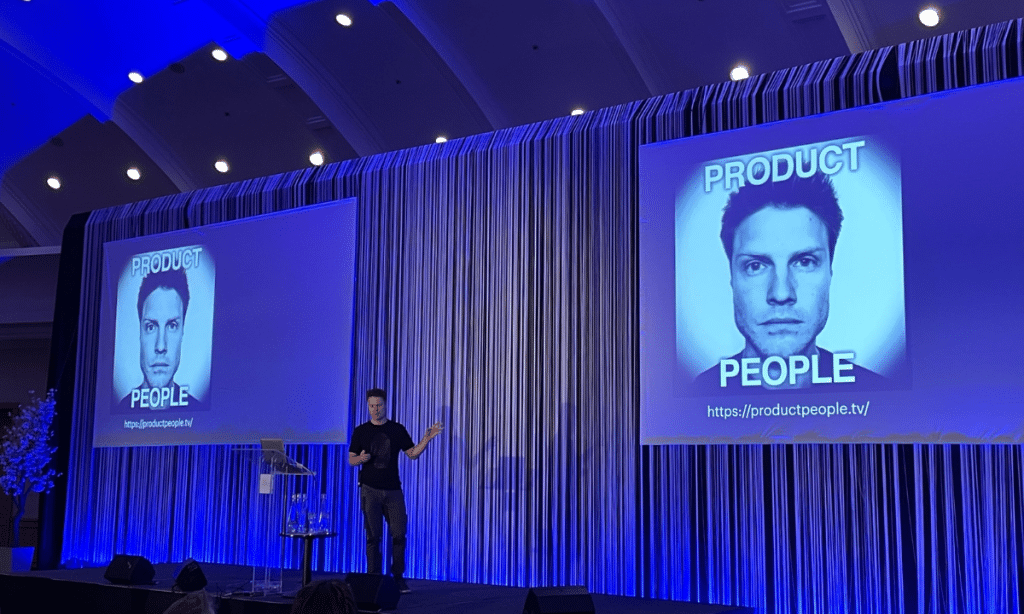
The power of community
He recalls the launch of Transistor, where the initial goal was to provide a user-friendly modern interface and improved software. However, he recognized that it was not enough to attract customers to their product.
In response, they devised a distinctive positioning strategy that set them apart. Their innovation allowed users to initiate unlimited podcasts on Transistor for a single, affordable price. Justin’s approach demonstrates the importance of focusing on product features and unique value propositions that resonate with the target audience:
Once we had that positioning, we focused on a minimal number of features that would get just to launch: the ability to create a podcast, the ability to publish episodes, and the ability to see analytics.
One thing that helped us is Cards Against Humanity said they’d be our first customer, so they were telling us the minimum number of features we’d need to serve them.
When asked about the significance of cultivating a thriving community around one’s product, Justin reflects on his experiences with the Megamaker. co community. Having a supportive network of individuals to turn to for advice and assistance, particularly during the initial stages of the journey in indie software development was immensely important for him.
Furthermore, Justin notes that the community members evolved into passionate advocates for Transistor, his product. This advocacy led to a substantial number of referrals, underscoring the tangible impact of community engagement on the growth and success of his venture.
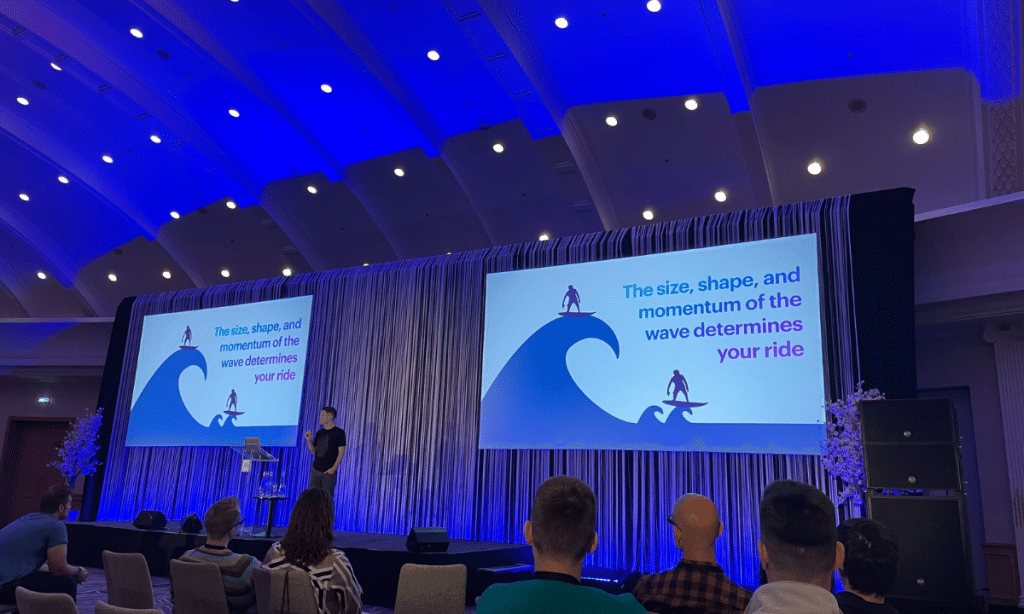
Customers may not want what you think they want
In discussing common misconceptions or myths surrounding indie software development, Justin sheds light on one particular fallacy. He observes that indie developers sometimes hold the misconception that potential customers will choose their solution solely because it excels in terms of ideology, architecture, or technology.
However, based on his experiences, Justin points out that customers make purchasing decisions for their own reasons, which often do not align with developers’ perceptions of what makes a product superior. That is why it is important to understand and meet customers’ real needs and preferences rather than relying solely on technical merits:
You really need to figure out what customers want. It’s also common for indie developers to believe that they can “generate customer demand.” Contrary to popular belief: we can’t “create” the underlying demand for a product. As makers, we have less influence than you might think! Customer demand is determined by multiple factors, many of which are outside of your control: the economy, geopolitics, weather, pandemic events. The best we can do is look for existing demand, and focus on building products for that.
Challenge the established products or niches
There is one particular strategy Justin proposes to those looking for a niche or a product idea.
He recommends considering product categories dominated by older, established players that may no longer meet customers’ evolving needs. To illustrate this point, Justin cites the example of Jason Fried and 37signals, who introduced Hey, a novel approach to email that directly competed with Gmail, Yahoo Mail, and Outlook.
Justin recalls an AMA where Jason Fried discussed the response they received, noting that they were pleasantly surprised by the enthusiasm for a revamped email solution. Jason stated, “I didn’t know so many people were so hungry for a revamp of email. We knew we were, but we didn’t know so many others were. Over 150,000 people signed up in the first two weeks. It blew us away.” Justin’s advice encourages entrepreneurs to identify market opportunities where customers seek something new and innovative, even in seemingly established



